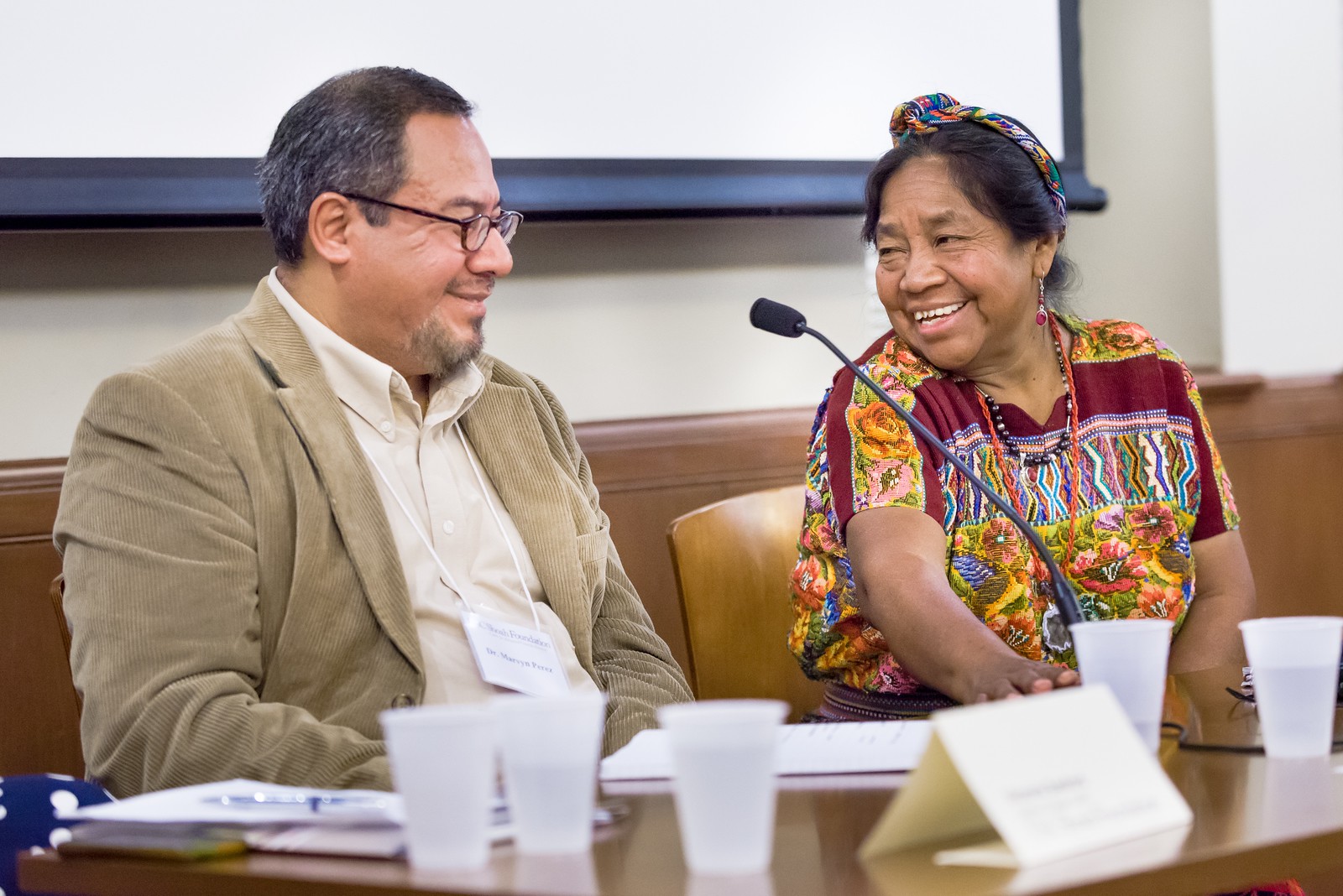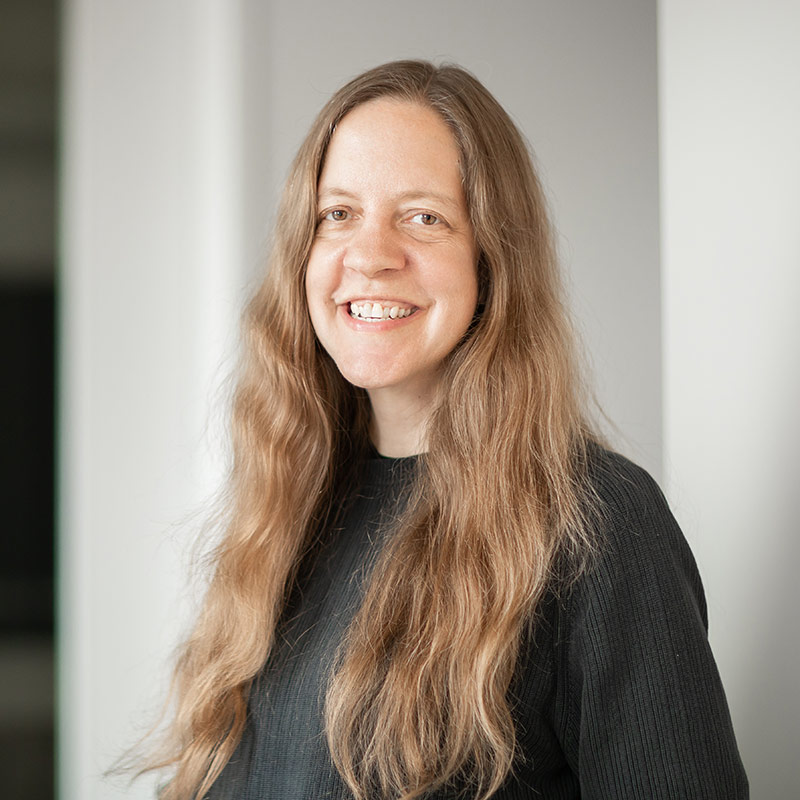A Conflict? Genocide and Resistance in Guatemala (Summary)

A Conflict? Genocide and Resistance in Guatemala
September 11-14, 2016
At this first international conference on genocide and resistance in Guatemala, each one of the 23 scholarly conference presentations and three community events offered a different dimension into the exploration of this important topic. It was striking, however, how often the same themes emerged in different presentations.
First, and perhaps most significantly, was the repeated refrain and amount of evidence presented that a genocide occurred in Guatemala. There is still resistance in some circles to calling what unfolded in Guatemala a genocide. This resistance finds its extreme form in people denying that genocide occurred there at all. In its milder forms, people debate what term should be applied to what happened. Presentations throughout the conference and the remarks by the survivors in attendance left no doubt that the criteria for the United Nations definition of genocide – from the intent to destroy to the five specific genocidal acts enumerated by the UN convention – have been satisfied in this case. Of particular significance are the recently discovered military documents that help to establish the fact that genocidal intent existed, revealing that the killings did not target guerrillas, as the government and military long maintained, but instead targeted the civilian Maya Ixil population. Other presentations focused on the genocidal strategies of the security forces who were interested in Mayan activism and organization long before the killings began. Another presentation examined the making of killers, how the willingness to kill was fostered and created through deliberate and systematic strategies.
Some presenters pushed at the boundaries of the kinds of violence that could be considered genocide. What about linguistic violence? Language made the genocidal process thinkable. As certain metaphors and ideas circulated, language and its consequences played a productive role in fomenting the genocide. At the community event on Tuesday night, the USC Visions and Voices event featured a conversation with and performance by Guatemalan hip-hop artist Rebeca Lane. The audience stood and danced. As she performed her song “La Cumbia de la Memoria”, conference organizers, presenters, and attendees, along with USC students and members of the general public, sang along with her as she sang “Claro que si, hubo genocidio” (“Of course, there was genocide.”)
Another common theme was that of resistance. It was eye-opening how many different forms of resistance were discussed by various presenters in their presentations. By no means an exhaustive list, these included besieged hamlets resisting for years before surrendering to military authorities, outright assistance for the guerrillas in bringing them food or messages, or actively joining the guerrilla movement. Other forms of resistance discussed include flight, hiding, soldiers deserting their military duty, building and broadening informal and formal networks of support, student activism, refugees participating in grassroots movements, writing letters to the editor or to organizations that might be able to help those in Guatemala, those in Guatemala finding ways to resist governmental rules (such as about schooling), learning Spanish instead of only regional dialects, seeking assistance from outside organizations, groups banding together into associations to seek justice, writing radio bulletins and international press statements, creating art, and sharing their testimony.
A form of resistance frequently discussed by presenters was the claiming of individual and collective memory, creating new forms of remembrance in order to reshape the narrative of what had happened in Guatemala. The presenters pointed out that sometimes the people themselves did not view what they were doing as resisting, but the presentations individually and taken together leave no doubt that in a myriad of ways, people pushed back against the circumstances in which they found themselves, in both small and large ways. Survival itself was resistance. The keynote presentation by Rosalina Tuyuc and the roundtable discussion with Dr. Marvyn Perez that followed offered many vivid stories of how, for these survivors of the Guatemalan genocide, overcoming death, persecution, and suffering was their ultimate form of resistance. As Ricardo Falla asserted in his presentation, the strength of people to resist is a point of hope.
A third common theme invoked often during the conference proceedings was the necessity to consider the genocide in Guatemala within broader frameworks. Critical thinking about the genocide in Guatemala is nourished by viewing the genocide in the context of racism; of capitalism; of anti-Communism; of religion; of colonialism; and other frameworks offered by the presenters. Up until now, these broader frameworks have been largely neglected. Presenters constantly emphasized the centrality and significance of racism to the genocide. In Rosalina Tuyuc’s keynote address, she argued that racism was the cause of the genocide, and indigenous people were not believed until scholars spoke out.
Another framework frequently invoked was that of capitalism. It is crucial, many presenters argued, to understand the particular conditions of capital and its role in the genocide. Indigenous labor played a foundational role in state formation. The general strike in Guatemala in 1980, preceding the deadliest period of killings, threatened the economic elite and stopped production. The oligarchy established who would live and who would die. As the massacres unfolded, there was a huge expansion in the sugar and livestock industries in Guatemala. One presenter raised the question of how capitalism was a factor not just before the genocide but since the genocide as well. The massacres ended, but economic development replaced them. How has the logic of development continued to have a destructive influence in the lives of indigenous people? If we view the annihilation of indigenous people in Guatemala as a historical process instead of a singular event – ranging from colonialism to genocide to development – can we say that it is over?
Other recurring themes included the different valences and meanings of the term justice, including what would constitute restitution and recognition of the genocide; the culture of impunity that remains in Guatemala and the people fighting against it; the necessity to examine particular regions to better understand how the genocide unfolded; the formal and informal archives where scholars are discovering documents related to the genocide and its impacts; the legal proceedings underway to punish those responsible for the genocide; and the role of the United States in the deadly events in Guatemala, a topic that came up frequently in the Q&A following the special preview film screening of Finding Oscar, a new documentary about two boys abducted following the Dos Erres massacre in Guatemala in 1982.
Before the conference ended, organizers and presenters discussed ideas for next steps to continue the scholarly exchange that thrived throughout the conference. They shared ideas on how to continue the discussion and bring this important and groundbreaking research to a wider scholarly audience, to the general public, and to Guatemala itself.
Summary by Martha Stroud
Like this article? Get our e-newsletter.
Be the first to learn about new articles and personal stories like the one you've just read.
